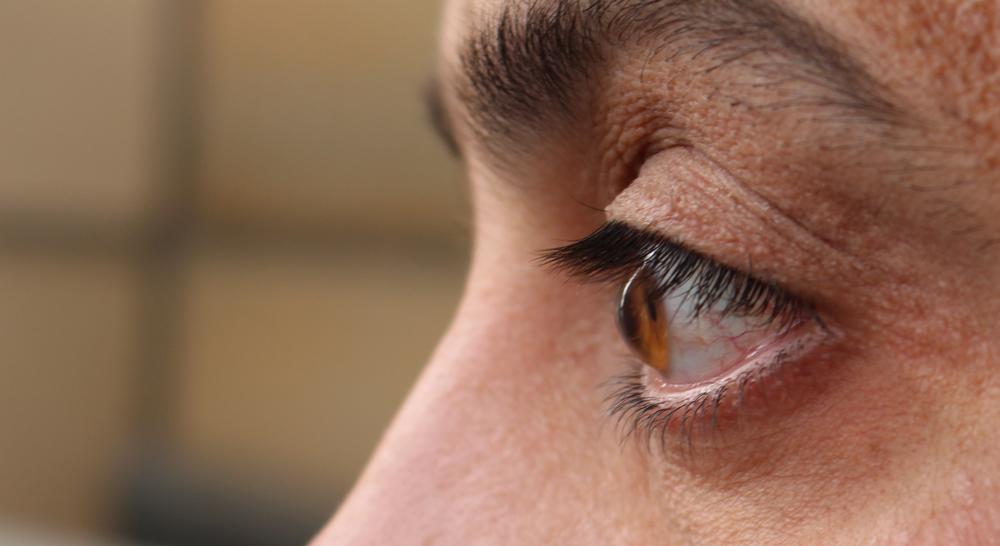
Keratoconus is a progressive eye condition that often goes unnoticed in its early stages, yet it can have a significant impact on your vision over time. It occurs when the cornea, the clear and rounded front surface of your eye, becomes thinner and begins to bulge into a cone shaped form. This distortion affects how light enters your eye, leading to blurred or distorted vision that typically worsens as the condition progresses. Recognizing the early symptoms is key to managing keratoconus effectively and preserving long term visual health.
Recognizing the Early Symptoms of Keratoconus
Keratoconus often begins during the teenage years or early adulthood and progresses gradually. Some of the most common early signs include:
• Blurry or distorted vision that doesn't improve with standard glasses
• Increased sensitivity to light and glare, especially at night
• Frequent changes in eyeglass prescription
• Ghosting or double vision, particularly in one eye
• Difficulty seeing clearly at night
• Eye strain or headaches due to visual discomfort
Because these symptoms can mimic other refractive issues like astigmatism or myopia, keratoconus can go undetected without a comprehensive eye exam.
How is Keratoconus Diagnosed?
Routine comprehensive eye exams are critical in detecting keratoconus early. At Spectocular Eyecare + Eyewear, we use advanced diagnostic tools, including corneal topography and tomography, to map the shape and thickness of your cornea. These tests allow us to detect even the earliest changes in corneal curvature, helping to identify keratoconus before significant vision loss occurs.
Early diagnosis is key. The earlier keratoconus is detected, the more treatment options are available to preserve vision and slow progression.
Treatment Options for Keratoconus
One of the most effective ways to manage keratoconus is with scleral lenses. These custom-designed contact lenses vault over the irregular cornea and rest on the white part of the eye, providing a smooth optical surface for clearer, more stable vision. Scleral lenses not only improve vision but also offer greater comfort for individuals who struggle with traditional contact lenses.
Additionally, rigid gas-permeable (RGPs) may also be an option depending on the type and severity of the keratoconus. Compared to Scleral lenses, which sit on the sclera, the white part of the eyes, RGP lenses sit directly on the cornea and are significantly smaller.
In more advanced and progressive cases, other interventions such as corneal cross-linking may be recommended to stabilize the cornea and halt progression.
Schedule Your Eye Exam Today
Keratoconus can significantly affect your vision and quality of life if not diagnosed early. Knowing the early signs and scheduling regular eye exams are essential steps toward preserving your vision.
If you suspect you may have keratoconus or are experiencing any vision changes, schedule a comprehensive eye exam at Spectocular Eyecare + Eyewear for personalized treatment. Contact Spectocular Eyecare (Main Office), Spectocular Eyecare Studio Irving, or Spectocular Eyecare Studio Grapevine by calling (972) 258-2020, or visit our website to book an appointment today.









